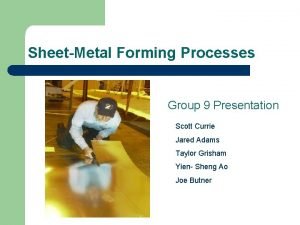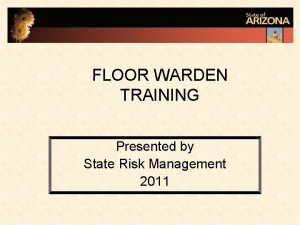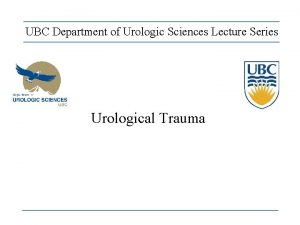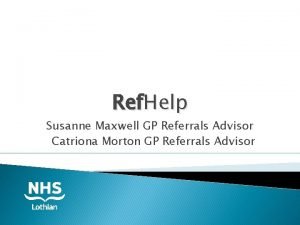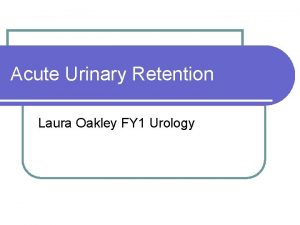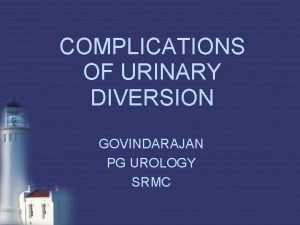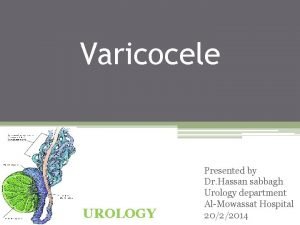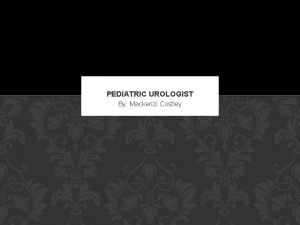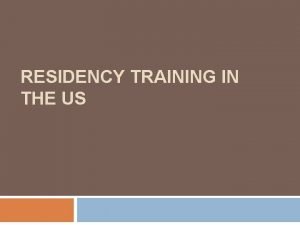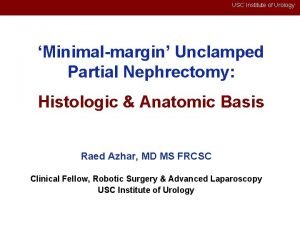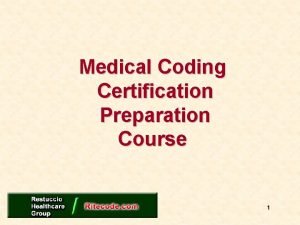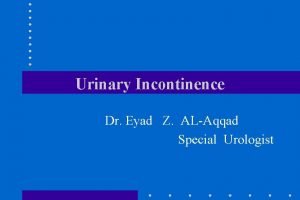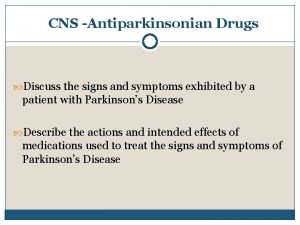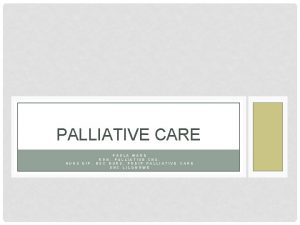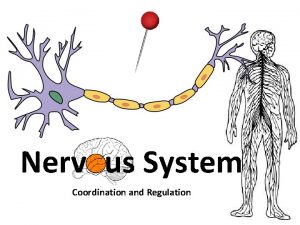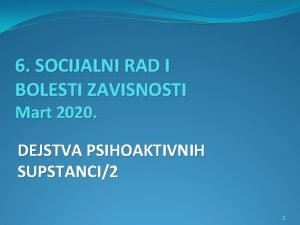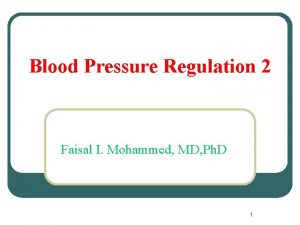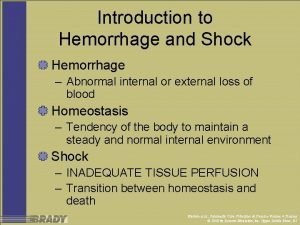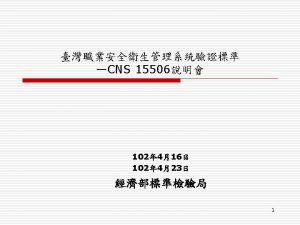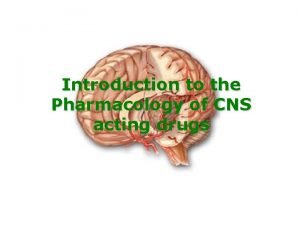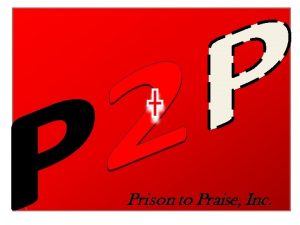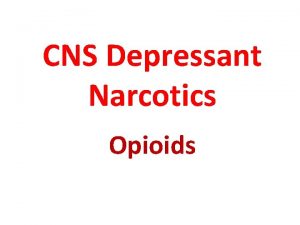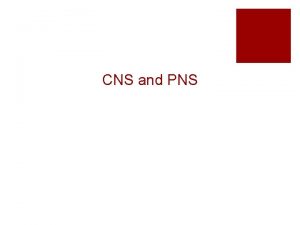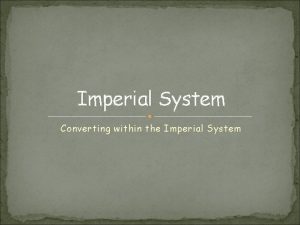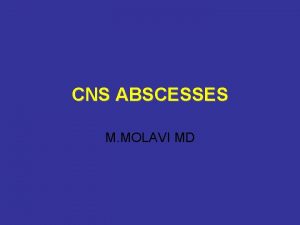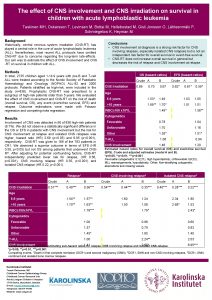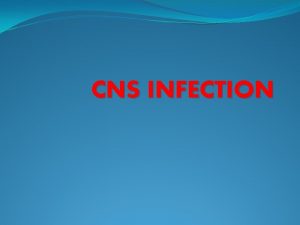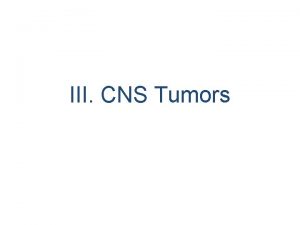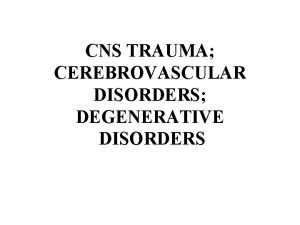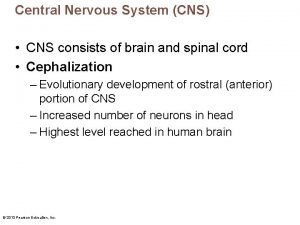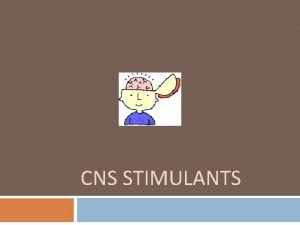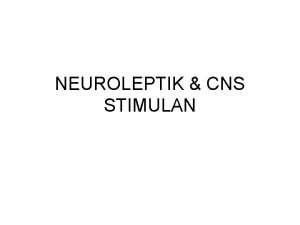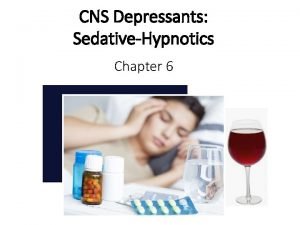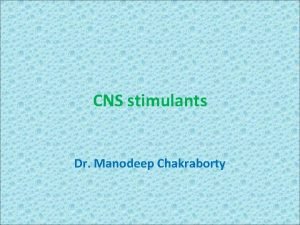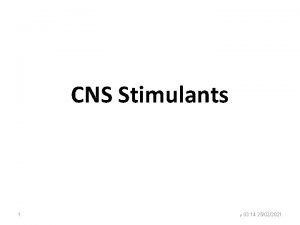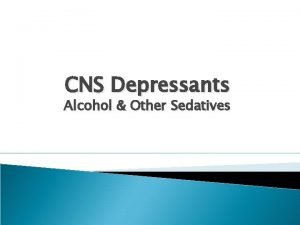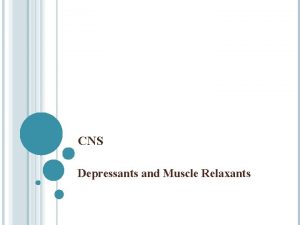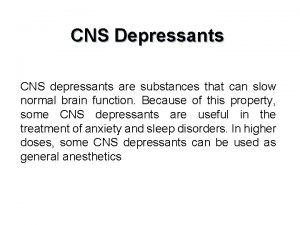Role of CNS in Imperial Roisin Warden Urology
































- Slides: 32

Role of CNS in Imperial Roisin Warden Urology

Urology and Andrology CNS • • • Clinical nurse specialists Benign LUTS – 2 nurses GRS - 1 Stone – 1 Andrology -2 Uro -oncology - 8 specialising in renal, bladder and prostate

Benign CNS • • • There are currently 2 CNS in post 3 N in CXH is a dedicated urology OPD The clinic staff specialise in Urology SMH OPD is a general clinic Services we provide are diagnostic and treatment

Flow rates and PVR • Usually completed by the OP • To measure maximum urinary flow rate • This involves urine being passed into a special device which measures electronically how fast the urine is expelled • A graph is produced to facilitate assessment • Post void residual is measured using a bladder scanner.

Flow rates and PVR

TWOC • • Trial without catheter Usually preformed by the OPD nurses Complicated cases are preformed by the CNS TWOC the patient is admitted in the morning and the catheter is removed They are provided with drinks They are given a jug and each void is recorded A bladder scan is carried out CNS are available for advice

TWOC

TWOC Successful – OPA or no action Failed -Re-catheterise -ISC - Medication - Clinic appointment - Further tests i. e. flexible cystoscopy, UDS

Sheaths / Retracted penile pouches • Sometimes we recommend sheaths for men who are dribbling incontinent but are emptying their bladder and do not wish to ware pads • Sheaths are suitable for independent men as well as those in wheelchairs and with a more sedentary lifestyle. • They don’t work well if you have a short or retracted penis a retracted penile pouch is more suitable for these men • Must be measured to ensure the correct size and length

Product Advice

UDS • Any incontinence observed may be categorised as urodynamic SUI, detrusor over activity (DO) incontinence, a mixture of SUI/DO incontinence, or, rarely, urethral relaxation incontinence. Intravesical and intra-abdominal pressures while reproducing a patient’s symptoms. • Catheters are inserted into the bladder and rectum, the bladder is filled with a saline, the sensations are recorded on a graph. • This is reported and discussed at our MDT

UDS

VUDS • The difference between UDS and VUDS • This is preformed in X-ray • The solution the bladder is filled with is a radio-opaque dye instead of saline • X-rays are carried out during the test and a video of the voiding phase

VUDS

UPP with clinical scientist • Urethral pressure profile • Urology A dataset used to determine the functional length, resting pressure, and maximal pressure of the urethral sphincter mechanisms • A catheter is inserted and slowly removed by a machine and the pressure is recorded • The test is repeated 2 -3 times for a constant reading

UPP

ISC – intermittent self catheterisation • • • Passing a thin hollow plastic tube (catheter) usually through the urethra into their bladder to drain urine with the catheter then being removed immediately Usually taught by the OPD nurses Complicated cases are taught by the CNS Who is taught ISC People with voiding or storage issues, resulting in retention of urine Neurogenic i. e. MS, spinal cord injury Non-neurogenic i. e. retention, incomplete bladder emptying Requiring bladder washout i. e. after clamcystoplasy Frequency can range from 1 a day to 5 a day


ISD – intermittent self dilatation and Meatal dilatation • It is ISC but with a larger catheter typically Ch 16 • It is used to prevent a urethral stricture reoccurring • Frequency can range from daily to weekly • Meatal dilatation – shorted dilators are used to dilate the meatus

Catheter changes • Catheter changes are usually preformed in the community however there are some cases they are referred from the community. • Typically difficult cases or those who are mobile. • Usually carried out by the OPD nurses • Complicated cases are taught by the CNS

Bladder Instillations • • Instillation of medication for recurrent UTI’s and for Painful Bladder Syndrome The catheter is inserted and the bladder emptied, the medication is instilled and the catheter removed. The patient is to hold the medication in the bladder for up to 2 hours. 6 Weekly instillations and monthly top ups, the duration of the top ups can vary from patient to patient. Some patients who are competent in ISC have opted to self administer them at home since they have become available on FP 10

Bladder Instillations

PTNS (percutaneous tibial nerve stimulation) • It is used mainly for OAB but can be used for faecal incontinence also • A device is attached to the needle and delivers mild electrical impulses which travel up the nerves in the leg to the nerves that control the bladder • 30 -minute weekly sessions for 12 weeks. • Can only miss one treatment

PTNS (percutaneous tibial nerve stimulation)

Clinic in conjunction with Consultants • • • One stop clinic General clinics Assessing patients Referring for tests Discuss with the consultant

Nurse led clinic • LUTS • Post operative assessment • Assess if oral treatment has been successful • Post Botox to assess PVR and advise if ISC is needed • Activation of AUS

AUS – Artificial Urinary Sphincter • • • A fluid-filled cuff that fits around the urethra A balloon in front of the bladder A pump in male is in the scrotum or in the labia fro women The cuff presses the urethra closed, so continence is achieved To open or activate the AUS, the button is to be squeezed a couple of time and the water goes into the balloon enabling the cuff to be emptied therefore allowing the urine to drain out of the bladder Up 2 minutes to empty your bladder

AUS – Artificial Urinary Sphincter

SNS – with Clinical Scientist • • • Nerve paths split off and go in different directions from the scaral area, some to the pelvic area. The muscles in the pelvic area, such as the pelvic floor, urethral sphincters, bladder and anal sphincter muscles are controlled by the brain through nerves that run from the sacral area. Our sensations, such as fullness in the bladder or rectum, are also relayed to the brain via these nerve routes. SNS is also indicated for the treatment of overactive bladder, and funded by the NHS. It can be used to treat both bladder and bowel problems in conjunction. Sacral Neurostimulation is performed in two stages, the first is an evaluation/test phase and the next is the implant phase. The evaluation phase allows your doctor to assess whether or not your symptoms will be significantly reduced by Sacral Neurostimulation

SNS – with clinical scientist

Training Catheterisation training

Advice on product selection
 Explosive forming
Explosive forming Roisin currie greggs
Roisin currie greggs John lamanna warden
John lamanna warden St johns ambulance fire warden training
St johns ambulance fire warden training Iowas state bird
Iowas state bird Fire warden training
Fire warden training Floor warden training
Floor warden training Society of fire safety
Society of fire safety Floor warden training
Floor warden training Basic fire safety training ppt
Basic fire safety training ppt Associate warden
Associate warden Ubc urology
Ubc urology Children urology
Children urology Refhelp
Refhelp Laura oakley
Laura oakley Srmc urology
Srmc urology Grading of varicocele
Grading of varicocele Pediatric urologist salary
Pediatric urologist salary Urology match
Urology match Urology
Urology Urology coding cheat sheet
Urology coding cheat sheet Rpug in urology
Rpug in urology Urology match
Urology match Congenital adrenal hyperplasia genitalia
Congenital adrenal hyperplasia genitalia Dr donaldson urology
Dr donaldson urology Pagitane
Pagitane Cns ward
Cns ward Structure of the reflex arc
Structure of the reflex arc Depresori cns
Depresori cns Cns ischemic response
Cns ischemic response Cns ischemic response
Cns ischemic response Cns15506
Cns15506 Cns
Cns
